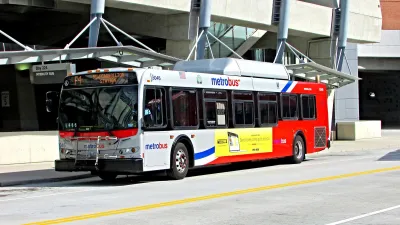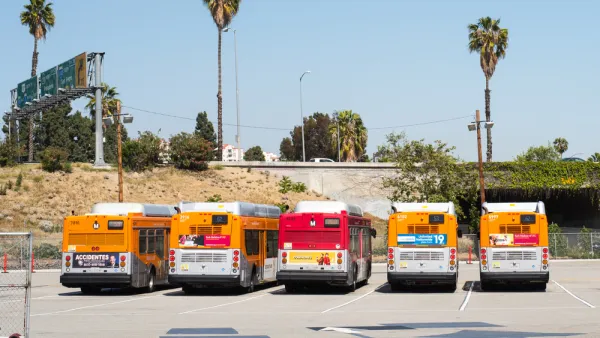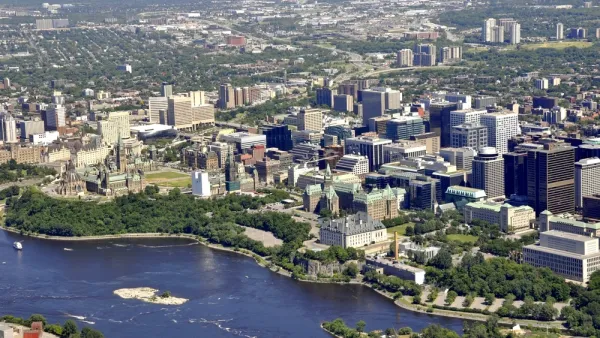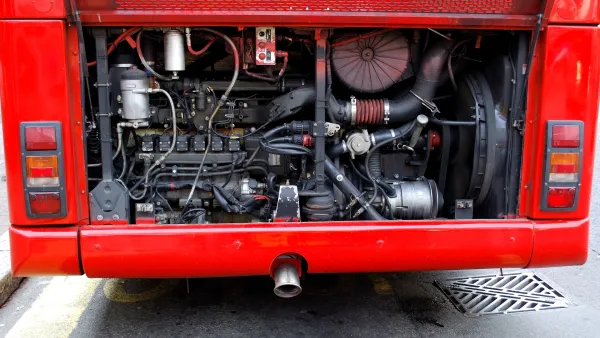New survey findings identify transit priorities among residents in D.C. and surrounding areas, and indicate broad support for public investments.

The Washington Area Bus Transformation Project surveyed almost 3,000 residents about their transit priorities. "Across age, racial backgrounds, and between regular riders and non-regular riders, respondents consistently chose bus lanes or free transfers as their number one priority, and the other one second in almost all cases," reports David Alpert.
The focus on bus lanes is consistent with a Washington Post poll that shows strong support from a majority of Washington-area and D.C. residents. The strong desire for free transfers also makes sense, says Alpert. "Among transit agencies that operate both bus and rail, the majority let people transfer between the two for free. WMATA has the most punitive structure for bus-rail riders, with people having to pay two full fares less a 50¢ discount.”
The Bus Transformation Project survey also asked respondents if they thought these changes would transform bus service and if they supported the use of public funds. "For transformational, 85% said these would be, and 82% favored spending public dollars on them," says Alpert.
FULL STORY: Bus lanes and free transfers are Washington area residents’ top bus priorities

National Parks Layoffs Will Cause Communities to Lose Billions
Thousands of essential park workers were laid off this week, just before the busy spring break season.

Retro-silient?: America’s First “Eco-burb,” The Woodlands Turns 50
A master-planned community north of Houston offers lessons on green infrastructure and resilient design, but falls short of its founder’s lofty affordability and walkability goals.

Delivering for America Plan Will Downgrade Mail Service in at Least 49.5 Percent of Zip Codes
Republican and Democrat lawmakers criticize the plan for its disproportionate negative impact on rural communities.

Test News Post 1
This is a summary

Test News Headline 46
Test for the image on the front page.

Balancing Bombs and Butterflies: How the National Guard Protects a Rare Species
The National Guard at Fort Indiantown Gap uses GIS technology and land management strategies to balance military training with conservation efforts, ensuring the survival of the rare eastern regal fritillary butterfly.
Urban Design for Planners 1: Software Tools
This six-course series explores essential urban design concepts using open source software and equips planners with the tools they need to participate fully in the urban design process.
Planning for Universal Design
Learn the tools for implementing Universal Design in planning regulations.
EMC Planning Group, Inc.
Planetizen
Planetizen
Mpact (formerly Rail~Volution)
Great Falls Development Authority, Inc.
HUDs Office of Policy Development and Research
NYU Wagner Graduate School of Public Service





























